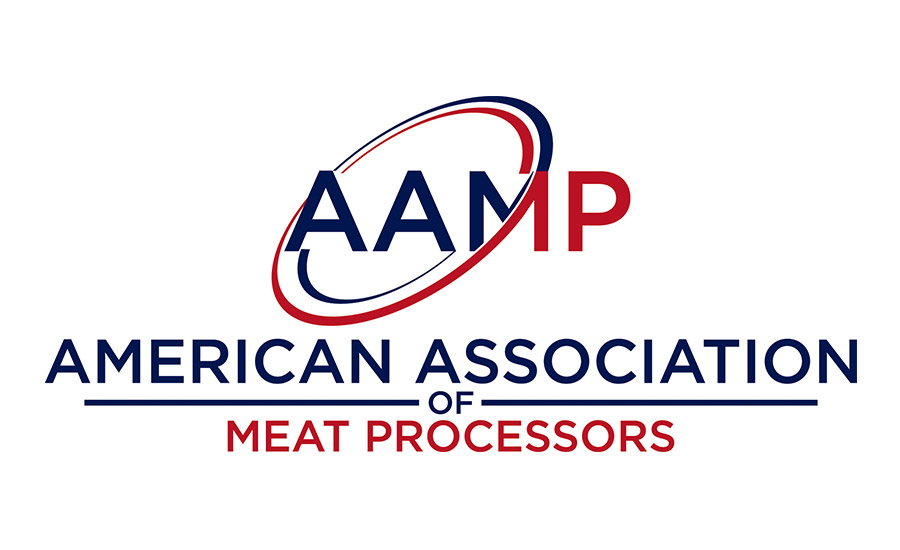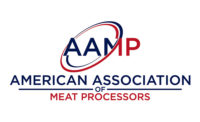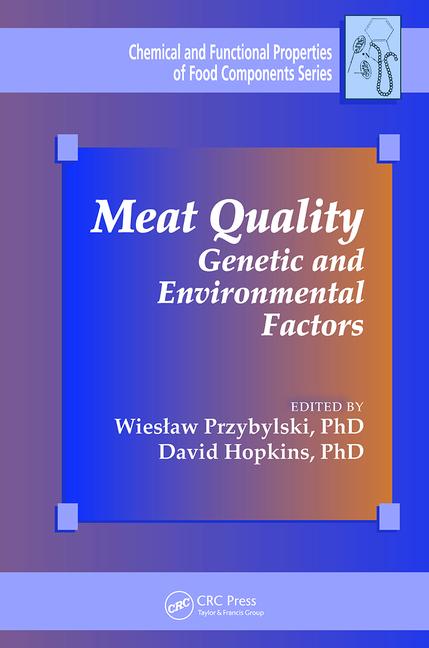AAMP
FSIS delays implementation of Revised Appendix A & B
AAMP legislative update

Below is the notice that was just recently published to Inspection Personnel and State Inspection programs. AAMP met with FSIS about this issue in Washington, D.C., and they have honored our request. This delay now gives us time to continue conversations with FSIS about the validity of the Revised Documents and hopefully get some changes made to it. Along with the Notice, FSIS also published a series of askFSIS questions that have been answered. You can find the links to those questions in the Capitol Line-Up portion of the May AAMPlifier or click here.
FSIS NOTICE 17-18
DELAYED IMPLEMENTATION OF VERIFICATION OF REVISED APPENDIX A AND B
I. PURPOSE
This notice informs inspection program personnel (IPP) and Enforcement, Investigation, and Analysis Officers (EIAOs) that FSIS is providing establishments that use the 1999 versions of FSIS Appendix A and B as scientific support for lethality and stabilization procedures one year from the date of this issuance to review the revised lethality and stabilization guidance issued in 2017 and determine whether additional documentation or changes are needed to support their process (9 CFR 417.5(a)(1)), and to then validate any changes made to follow the new guidelines or additional support over 90 calendar days (9 CFR 417.4(a)(1)).
II. BACKGROUND
A. In 2017, FSIS issued revised versions of Appendix A and Appendix B:

- FSIS Salmonella Compliance Guidelines for Small and Very Small Meat and Poultry Establishments that Produce Ready-to-Eat (RTE) Products and Revised Appendix A.
(View the document here) - FSIS Compliance Guideline for Stabilization (Cooling and Hot-Holding) of Fully and Partially Heat-Treated RTE and NRTE Meat and Poultry Products Produced by Small and Very Small Establishments and Revised Appendix B.
(View the document here)
B. FSIS made changes to the 1999 versions of Appendix A and Appendix B to clarify the Agency’s cooking and cooling recommendations in response to commonly asked questions and more current scientific information.
C. A summary of the major changes to the 1999 versions of Appendix A and B follows.
1. For Appendix A,
FSIS has re-emphasized that the humidity recommendations apply to all cooked products (including poultry) unless the establishment can support humidity does not need to be addressed. FSIS has not changed the humidity recommendations other than re-emphasizing that they apply to all products. The time temperature tables previously found in Appendix A also have not changed.
2. For Appendix B,
FSIS has specified that:
a. Option 1 applies to both partially cooked small mass products and fully cooked products while other stabilization options apply only to fully cooked products.
b. Option 1 also now includes a recommended come up time to the final heating temperature for partially cooked products of ≤ 1 hour.
c. Option 2 includes multiple parts to the recommendation: Chilling should begin within 90 minutes after the cooking cycle is completed. All product should be chilled from 120°F to 80°F in 1 hour and from 80°F to 55°F in 5 hours (6 hours total cooling time) followed by continuous chilling until the product reaches 40°F.
d. To use Option 3, establishments should incorporate at least 250-ppm sodium erythorbate or ascorbate, along with at least 100-ppm ingoing sodium nitrite (either from a purified or natural source such as celery powder).
e. Option 4 was added to incorporate guidance that had been in FSIS Directive 7110.3 (cancelled by FSIS Directive 7111.1). The recommendations in this option no longer apply to products with ≥ 120-ppm sodium nitrite and a brine concentration of 3.5%.
f. Establishments may choose to adopt different procedures than those outlined in the revised Appendix A and Appendix B guidelines, but they would need to support why those procedures are effective. Additional types of scientific support establishments may use include other published processing guidelines, journal articles, results of pathogen modeling programs, challenge studies, and advice from processing authorities that includes reference to scientific data.
Looking for a reprint of this article?
From high-res PDFs to custom plaques, order your copy today!








